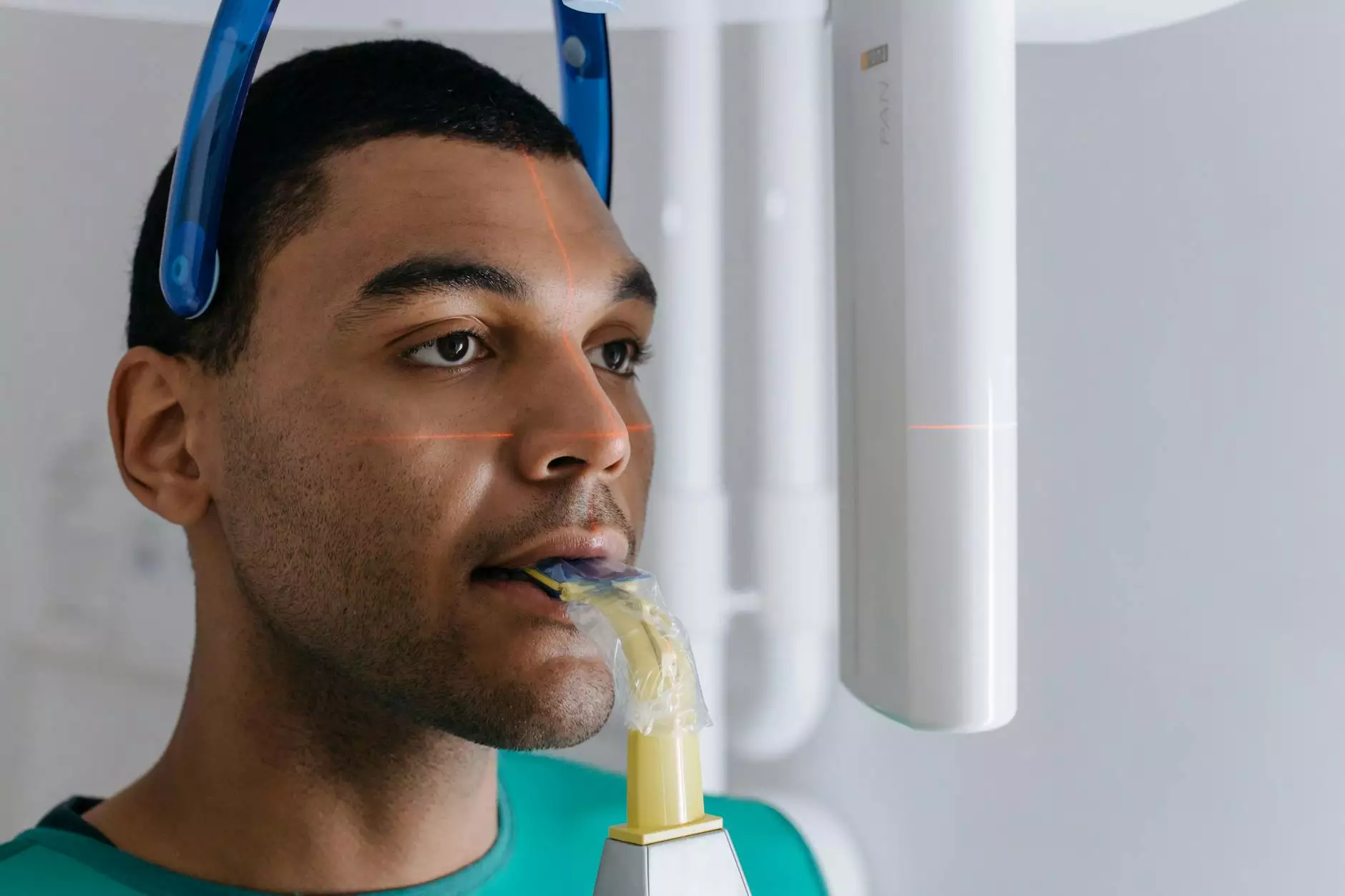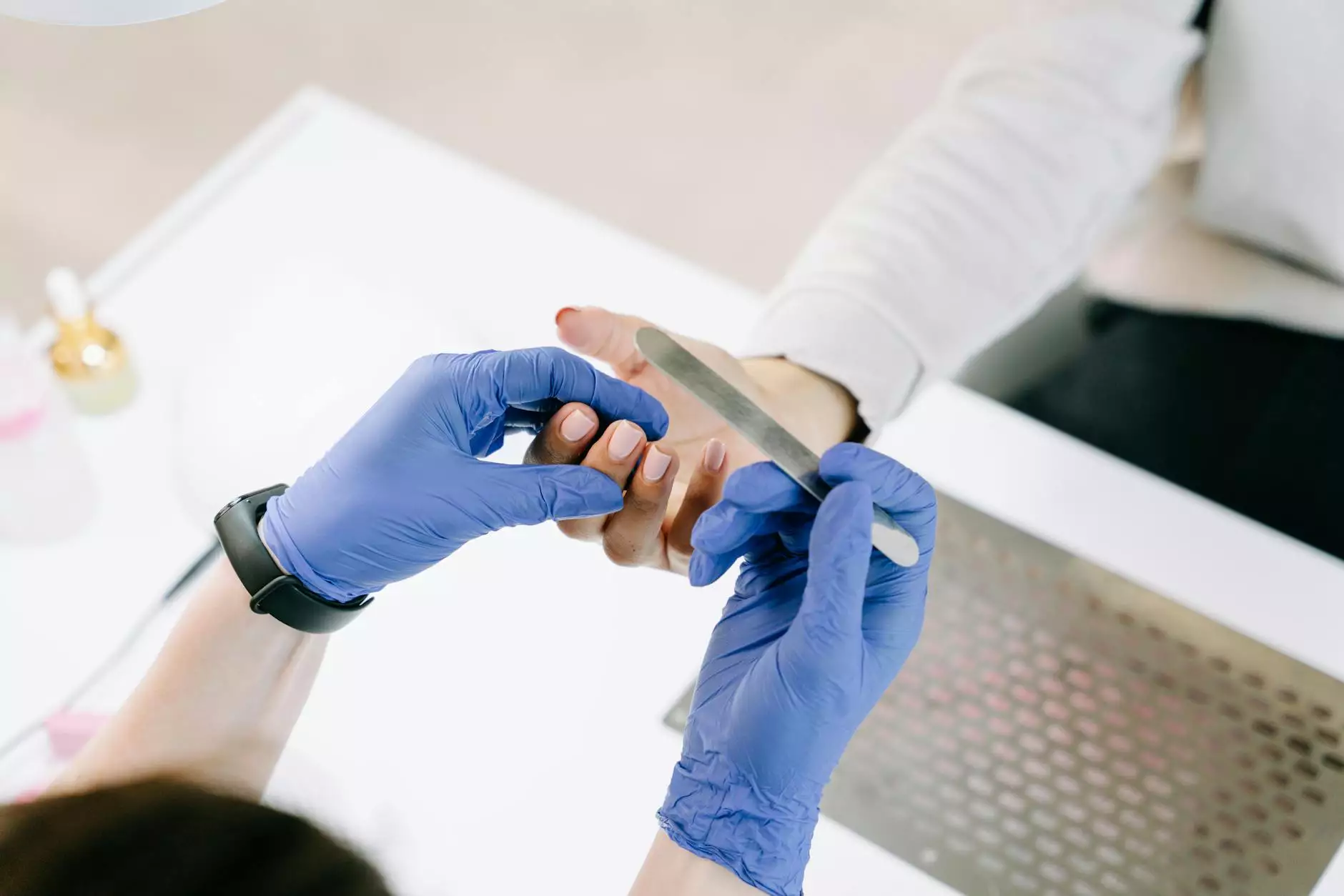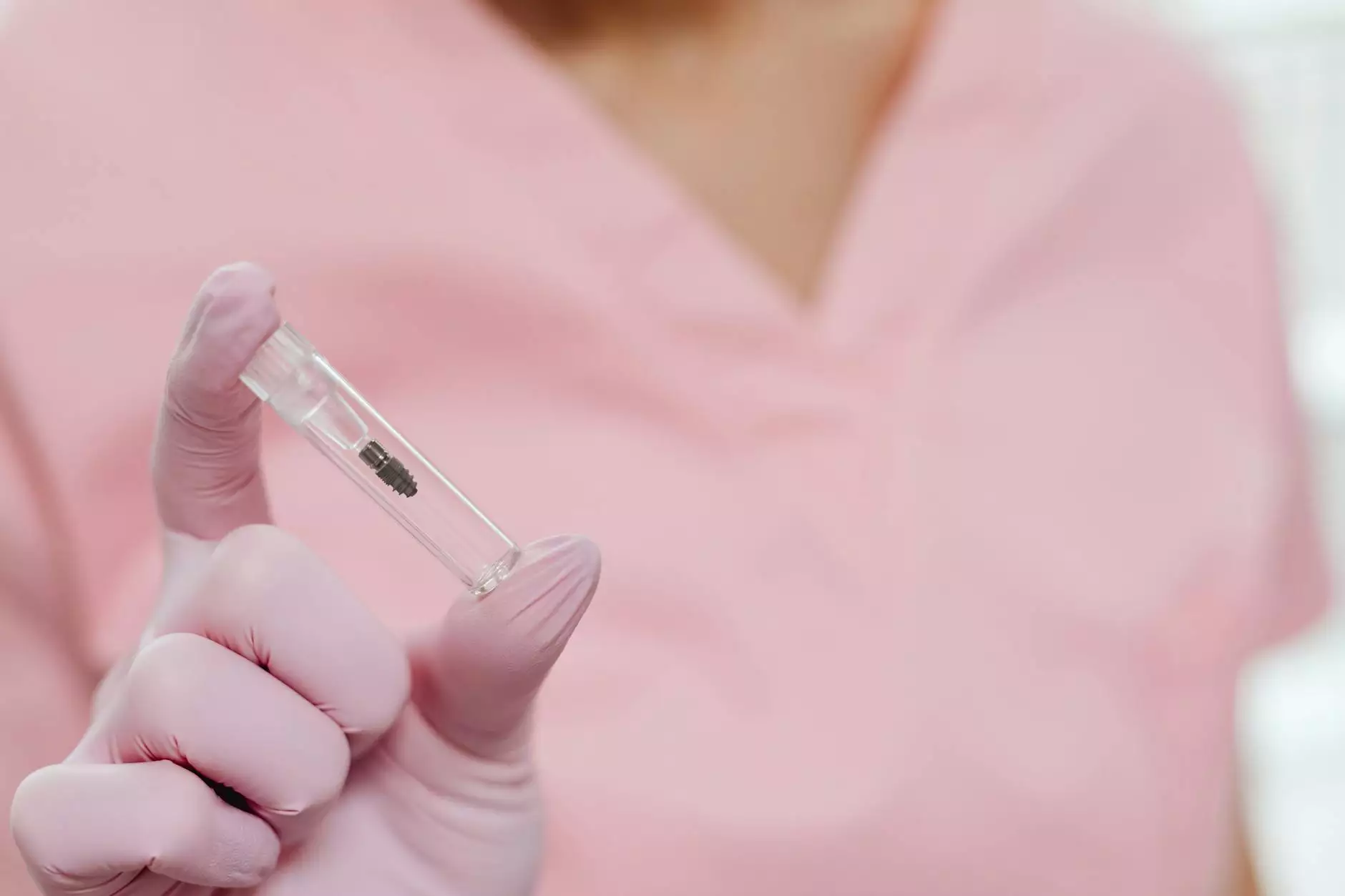Understanding Darkened Skin on Lower Legs: Causes, Symptoms, and Treatments

The condition of darkened skin on lower legs can be a source of distress for many individuals. This change in skin color can result from various underlying medical conditions, lifestyle choices, or even environmental factors. Understanding these causes, recognizing the symptoms, and knowing the available treatments are essential for maintaining skin health. This article will provide a comprehensive overview of darkened skin on lower legs, including its causes, evident symptoms, and effective treatment options, while emphasizing the importance of seeking professional medical advice.
What Causes Darkened Skin on Lower Legs?
Darkening of the skin on the lower legs often indicates underlying health issues. Here are some of the most common causes:
1. Venous Insufficiency
Venous insufficiency occurs when the veins in the legs struggle to send blood back to the heart. This condition can lead to poor circulation and fluid accumulation, resulting in hyperpigmentation, particularly on the lower legs. Patients might notice brownish discoloration, often accompanied by swelling and varicose veins.
2. Chronic Sun Exposure
Prolonged exposure to UV rays from the sun can lead to photoaging of the skin, characterized by dark spots and uneven skin tone. Sunscreen is vital to prevent these changes, especially on exposed areas like the lower legs.
3. Eczema and Dermatitis
Skin conditions such as eczema or dermatitis can lead to dark patches due to constant scratching, inflammation, and subsequent skin changes. Inflammation often intensifies pigment production, resulting in darker skin areas.
4. Diabetes and Other Metabolic Disorders
Individuals with diabetes may experience diabetic dermopathy, characterized by dark, scaly patches on the lower legs. This occurs due to changes in blood flow and skin health as a result of fluctuating blood sugar levels.
5. Peripheral Artery Disease (PAD)
PAD is a condition where narrowed arteries reduce blood flow to the legs. It can lead to skin changes, including darkening, especially in advanced cases where circulation is severely compromised.
6. Post-Inflammatory Hyperpigmentation
After a skin injury, such as a cut or a bruise, healing can lead to hyperpigmentation, making the skin appear darker in the affected areas even after recovery. This is largely due to increased melanin production during the healing process.
Symptoms Associated with Darkened Skin on Lower Legs
Identifying the accompanying symptoms of darkened skin can provide insights into the underlying conditions affecting skin pigmentation. Noteworthy symptoms include:
- Swelling: Edema may occur due to poor circulation or inflammation.
- Itching: Many underlying conditions cause skin irritation, leading to discomfort.
- Dryness or Flaking: This can occur due to skin conditions like eczema or dermatitis.
- Pain or Cramps: Pain in the legs can be associated with venous insufficiency or PAD.
- Changes in Texture: The skin may become thickened or leathery in chronic conditions.
Diagnostic Measures for Darkened Skin on Lower Legs
If you experience darkened skin on lower legs, it is crucial to consult a healthcare professional for an accurate diagnosis. Diagnostic measures may include:
1. Medical History Review
Your doctor will review your medical history, medication use, and any previous skin conditions that might contribute to the issue.
2. Physical Examination
A thorough examination of the skin, along with an assessment of leg veins, will help to identify signs of vascular disease or skin disorders.
3. Diagnostic Tests
Various tests, such as blood tests, Doppler ultrasound, or skin biopsy, may be conducted to determine the exact cause of skin discoloration.
Treatment Options for Darkened Skin on Lower Legs
Treatment of darkened skin on lower legs varies based on the underlying cause. Here are several effective options:
1. Lifestyle Changes
Incorporating healthier lifestyle choices is often the first step in managing skin conditions:
- Quit Smoking: Smoking cessation aids in improving circulation and skin health.
- Dietary Adjustments: A balanced diet rich in antioxidants and vitamins supports skin repair.
- Regular Exercise: Engaging in physical activity promotes healthy blood circulation.
2. Topical Treatments
For conditions like eczema or post-inflammatory hyperpigmentation, dermatologists may recommend topical treatments:
- Hydrocortisone Cream: This can reduce inflammation and alleviate itchiness.
- Retinoids: These are effective in promoting skin cell turnover and reducing dark patches.
- Bleaching Creams: Formulated with hydroquinone, these can lighten hyperpigmented areas.
3. Medical Procedures
In more severe cases, medical interventions may be necessary:
- Laser Therapy: This can help target and lighten dark patches effectively.
- Vein Treatments: Procedures like sclerotherapy may improve venous insufficiency and associated symptoms.
- Microneedling: This promotes collagen production and can improve overall skin texture and tone.
Preventative Measures for Darkened Skin
While some causes of darkened skin on lower legs are unavoidable, many are preventable. Here are key preventative strategies:
1. Protect Your Skin from the Sun
Always apply sunscreen with a high SPF before exposure to sunlight. Wearing protective clothing and seeking shade can also minimize UV damage.
2. Maintain Proper Hydration
Drinking enough water and moisturizing your skin daily can promote healthy skin and reduce the risk of dryness and irritation.
3. Regular Health Check-ups
Routine medical check-ups can help detect underlying conditions early on, enabling timely interventions and better skin care.
Conclusion
Darkened skin on lower legs may signify a range of health concerns, from circulatory issues to skin conditions. Understanding the causes, recognizing the symptoms, and implementing effective treatments are crucial steps in addressing this condition. At trufflesveinspecialists.com, we specialize in vascular medicine and provide comprehensive care for individuals experiencing these symptoms. If you’re facing issues related to darkened skin, don’t hesitate to reach out for professional guidance. Remember, proactive measures and early intervention are paramount in maintaining healthy skin and overall wellness.
Consulting trained professionals can help you find the right treatment tailored to your needs, ensuring you regain your skin’s natural glow and health.









